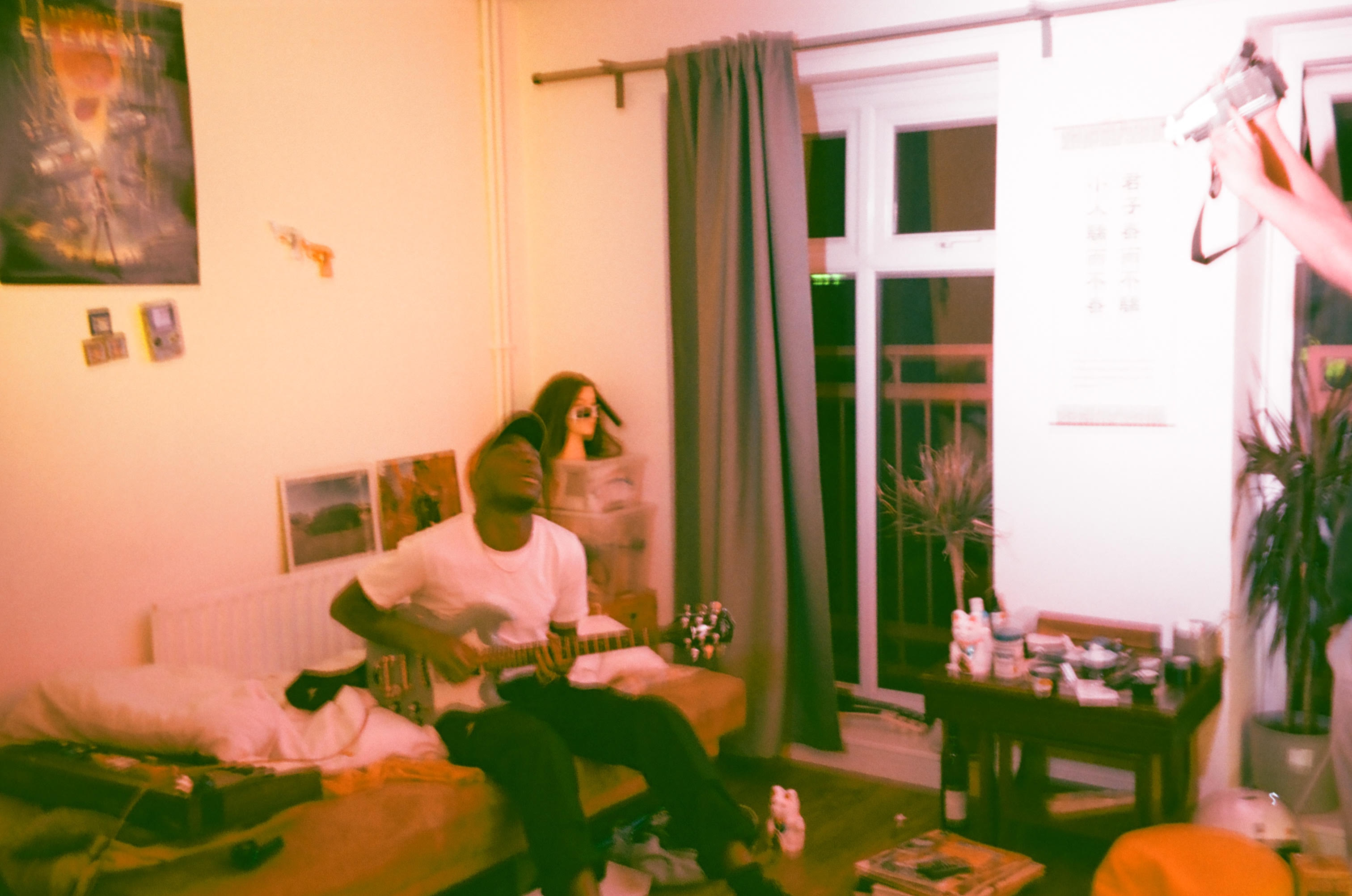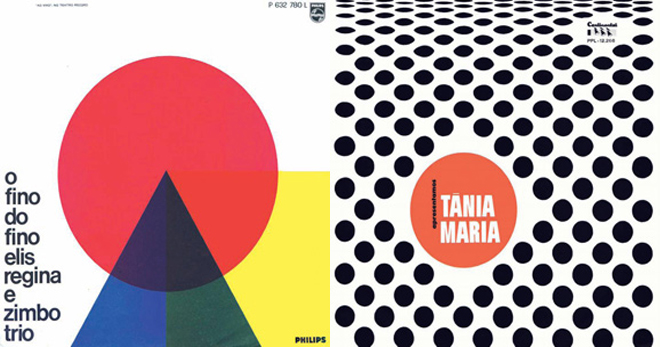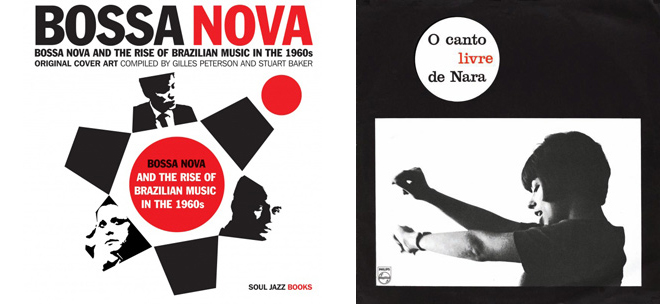BAD WITH PHONES, is back with his newest alt-hip-hop and psychedelic-infused track “Living & Surfing”. Born and raised in South-East London BWP – a.k.a Manny – spent his childhood watching his father, a pentecostal-pastor, preach and his siblings play in the church band. After picking up the bass guitar, it wasn’t long before he began disrupting the sermons with his secular riffs. A photographer, self-confessed space nerd and ex-hacker (known to hack his school network and flog bootlegs) the Togolesian musician can’t be pigeon-holed -and neither can his music. Twin caught up with BWP to discuss dissidence, tech addiction and music as the sonic saviour.
Tell us about your new single ‘Living & Surfing’, what was your inspiration behind it?
The inspiration comes from being homeless…I was sleeping on benches and couch surfing with friends or with girlfriends in Berlin, just embracing that lifestyle while I was out there. I let go of clinging to ideas or expectations of how I should be. I didn’t have any money or anything but I had energy and ideas and in the end, that’s worth more than anything else. I made the track with Torn Palk and I was sleeping in his corridor. I remember him waking up every morning and stepping over my head to go and pee. The track was inspired by the notion of meeting people with egos the size of watermelons that made them only think within the ideas they were told to. That bugged me, so she got a song.
Your approach to music is quite genre-agnostic. How did you develop your sound?
Mmmm, I don’t really believe in rules. Rules are boring and I’m a bad conformist. I like to flow naturally. Every time I make music it’s like starting from scratch for me.
When did you first discover your passion for music?
When I was young, about nine. There was lots of music being played in my house. My dad had a church too so there were always sounds. Clapping, dancing and drums ruled on Sunday and Thursday nights. I was SpongeBob taking it all in, deciding for myself what it all meant to me. I tried a bunch of instruments when I was a kid including the recorder, the keyboard and the guitar, but the bass really stuck. My taste for music developed from there. It hits the lower chakras but more than anything it gets your animal instincts out.
Where did your pseudonym come from? Are you truly bad with phones?
I came up with the name after not having a phone for a while and people actually saying “Manny what’s going on? I can’t get a hold of you, you’re so bad with phones.” Phones are just big distractions from accomplishing the things in my mind. On the flip side, maybe my name shouldn’t actually be ‘Bad With Phones’ as it’s more ‘addicted to phones’ these days. I’ve sort of gone off-brand.

Catch BAD WITH PHONES at Jamz Supernovas’ Ones to Watch at Shoreditch House (16th February).





 Twitter
Twitter
 Tumblr
Tumblr
 YouTube
YouTube
 Facebook
Facebook
 Instagram
Instagram
